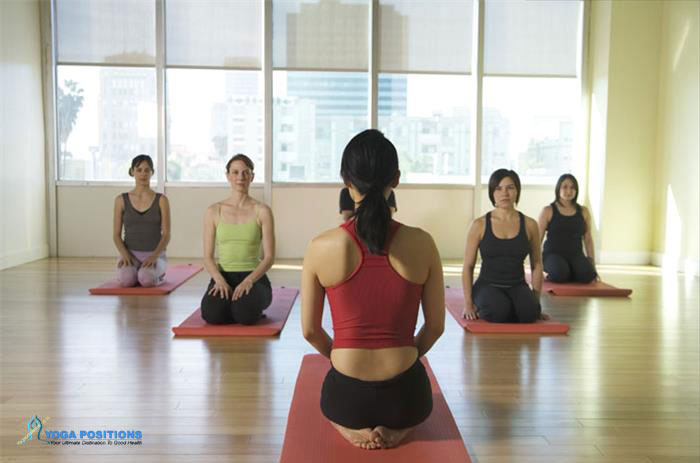1K
Regular practice of Vajrasana gives the body stability and firmness. In Sanskrit ‘Vajra’ means ‘adamant’. The yogic practitioner in this posture appears like a aperson who is rather adamant. Therefore the name.

Methodology
- Assume the Sukhasana postion.
- Sit erect.
- Stretch out the legs in front.
- Draw in the legs one by one.
- Place them by the posterior sides.
- The soles must be kept upturned.
- Firmly plant the posterior on the ground.
- The posterior should be kept between the upturned heels.
- The toes behind the posterior must be pointing towards each other.
- The knees will have to be brought close to each other.
- Place the palms on your knees.
- Look straight ahead.
- The body will have to remain firm and erect during the entire course of Vajrasana.
Here’s a variation of Vajrasana:
- You can also place the upturned feet beneath the posterior instead of keeping them on the posterior sides.
- This way you will be able to sit back between the heels while the toes will be crossing each other.
- The posterior will rest between the inner portions of the upturned heels.
- Hence, unlike the aforementioned original posture the posterior will not rest on the ground.
- The breathing will remain the same.
Advantages of Vajrasana Yoga
- Thigh flab is reduced.
- The spine is exercised.
- Your abdominal organs will be held in their appropriate positions.
- The muscles in the vertebral column will be firmed up and strengthened.
- The pelvic region will also be strengthened.
- Stiff ligaments and joint of the toes, insteps, ankles, calves, knees, thighs and the hips are loosened.
